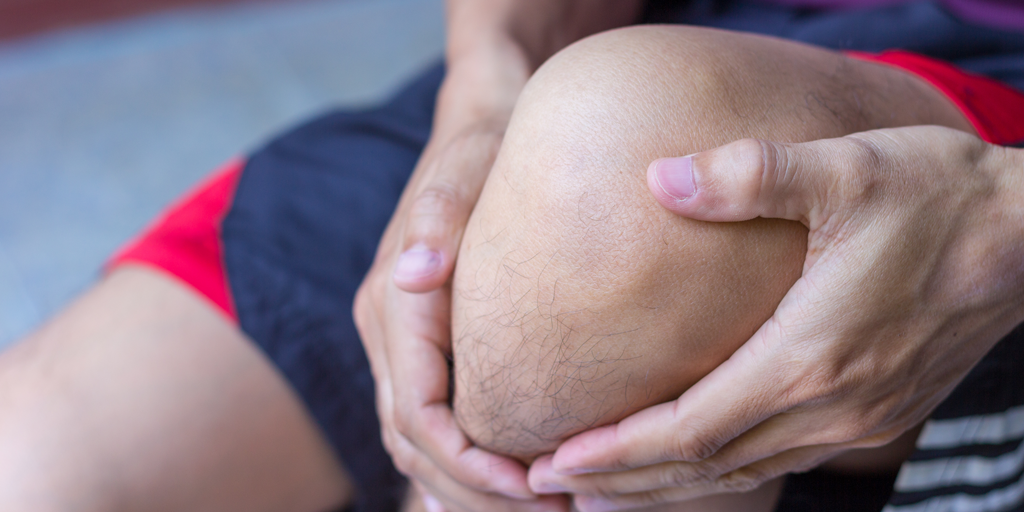Do’s and Don’ts of Managing Knee Osteoarthritis (OA)
What is Osteoarthritis Knee Pain?
Knee osteoarthritis, or knee OA, is a form of arthritis which involves wear and tear of the cartilage between the joints of the body.
Feeling empowered to manage your knee osteoarthritis can mean having a positive outlook, staying active, and being able to continue to participate in the activities you love!

Osteoarthritis Knee Pain: Do’s & Don’ts
Here are some do’s and don’ts for managing your osteoarthritis knee pain.
DO
Consider using a medical device to alleviate pain
There are many different devices that you can use to help treat knee osteoarthritis.
Proper footwear and orthotics will improve your foot and lower leg alignment. They can also reduce pressure and friction on the arthritic portions of your knee.
Sports medicine caters to the needs of active people. Devices such as knee braces can help unload high-pressure areas in the knee and provide some compression to an inflamed joint.
DO
Incorporate stretching and strengthening into your workout routine
Strengthening programs can provide extra support by helping strengthen the muscles around the knee joint.
Whether you’re in a one-on-one setting or in a fitness class with modifications available for you, have someone certified in exercise prescription — such as a physiotherapist or kinesiologist — monitor your movements and your fitness plan.
Incorporating stretching into your day can help you maintain the range of motion of your joints and promote healthy muscle movement patterns. Make sure to stretch your calves, hamstrings, quadriceps, and glutes!
DO
Maintain a healthy weight
Did you know that every extra pound on your frame equates to four extra pounds on your knee?
To reduce the load on your knees, maintain a healthy weight through diet. As well, exercise while being monitored by your physician.
WATCH: The Do’s And Don’ts of Managing Knee OA (1:38)
DO
Take care of the joint above and below your knee
Your foot, ankle and hip function play a significant role in the development and discomfort of knee osteoarthritis.
Underlying issues at these joints, such as a muscle weakness or imbalance, can negatively affect your knee.
DON’T
Rule out alternative therapies
Be sure you discuss all your treatment options with your doctor. This can include massage, acupuncture, supplements, water therapy, muscle stimulation, or activities such as modified yoga.
By trying new forms of therapy, you can reduce the need for pain medications. In turn, this can help you maintain a positive outlook on your path to recovery.
DON’T
Ignore worsening or changing symptoms
If your knee pain is getting worse, or you are experiencing pain in another area of your body, speak with your doctor as soon as you can.
There are many treatment options available and managing your symptoms should be a priority for your overall health. When you manage your symptoms, it enables you to stay active.
This way, you can maintain your cardiovascular health and physical fitness.
DO
Build a support team around you
Knee osteoarthritis can feel like a daunting diagnosis. So, it’s important to surround yourself with a supportive team that you trust and can depend on.
This may include a general physician, a rheumatologist, a pedorthist, a physiotherapist, a nurse practitioner, a naturopathic doctor, a psychologist, a massage therapist, or a kinesiologist.
Talk To An Expert Today!
If you have any questions about these tips, contact your nearest Kintec location and talk to a knee osteoarthritis specialist today!
No Comments